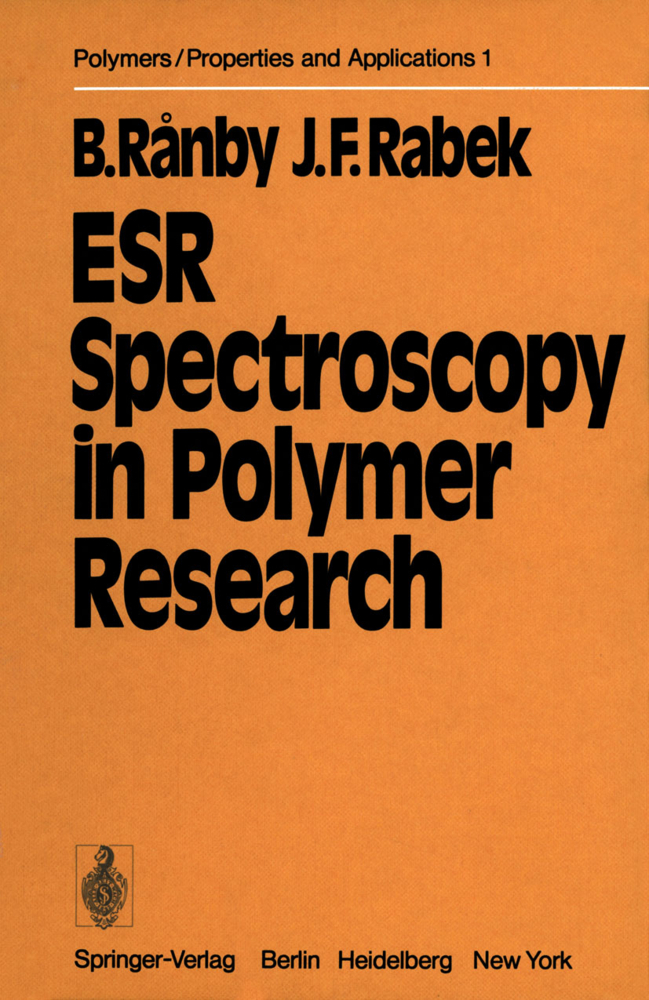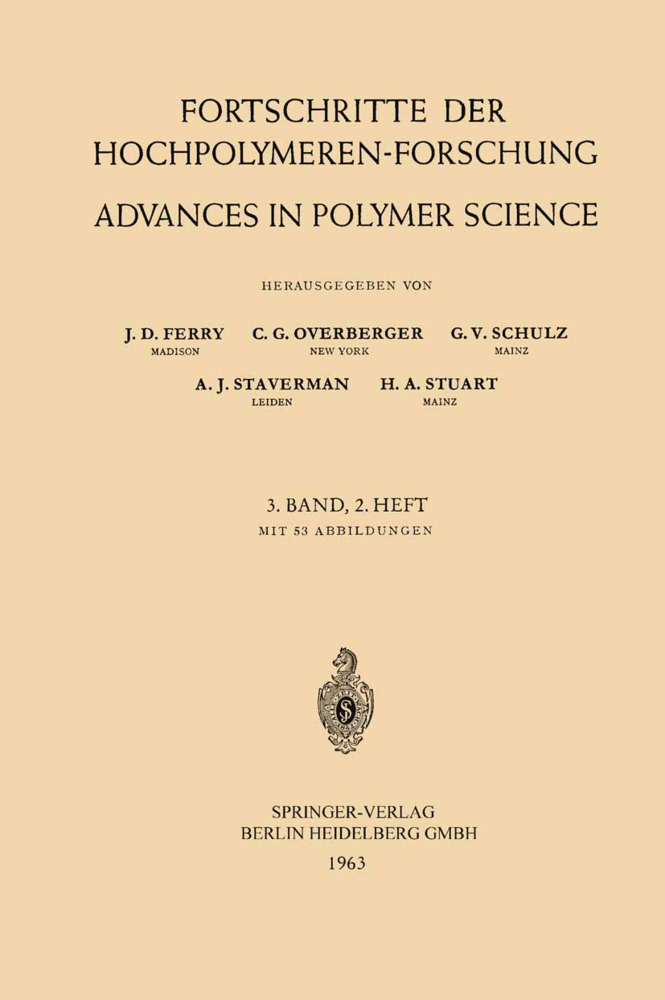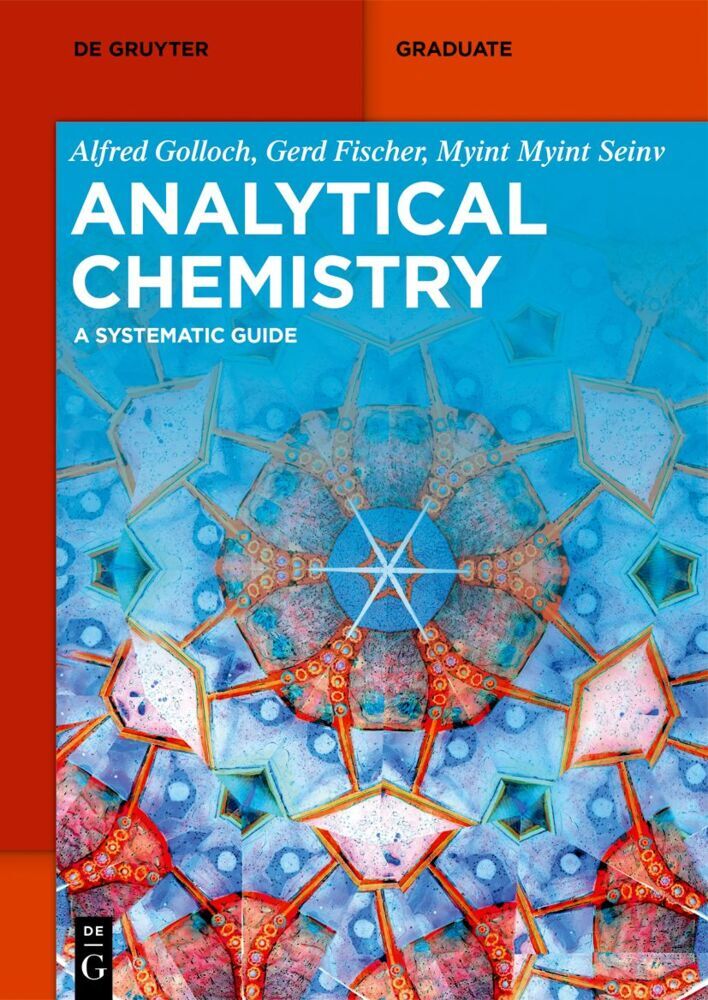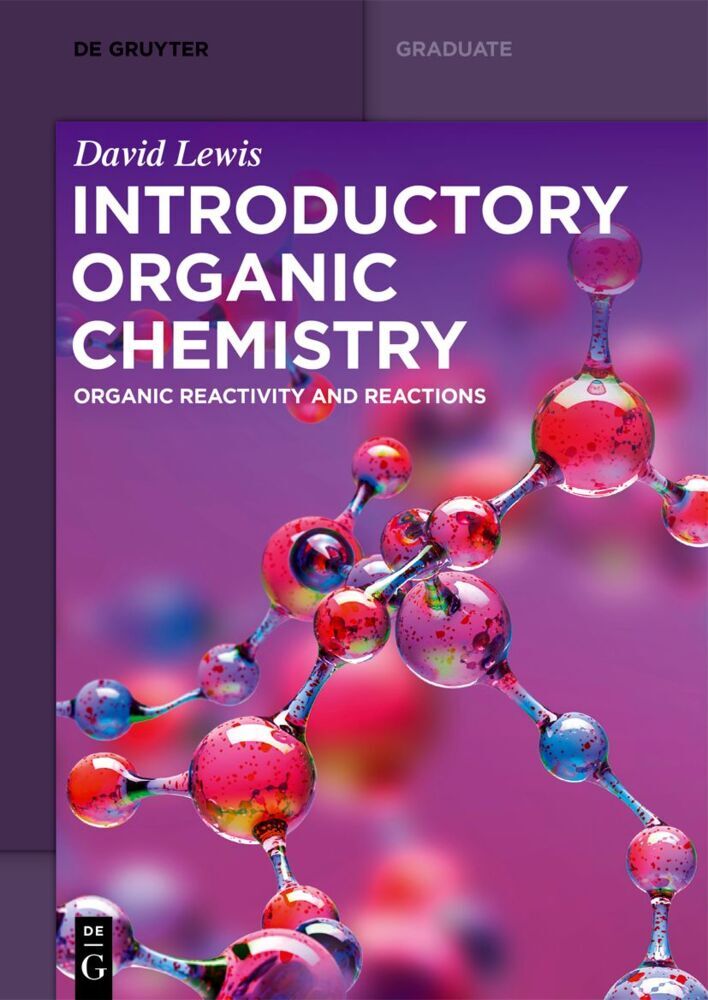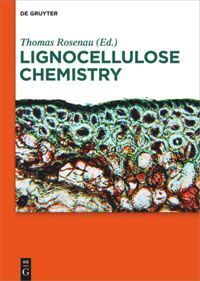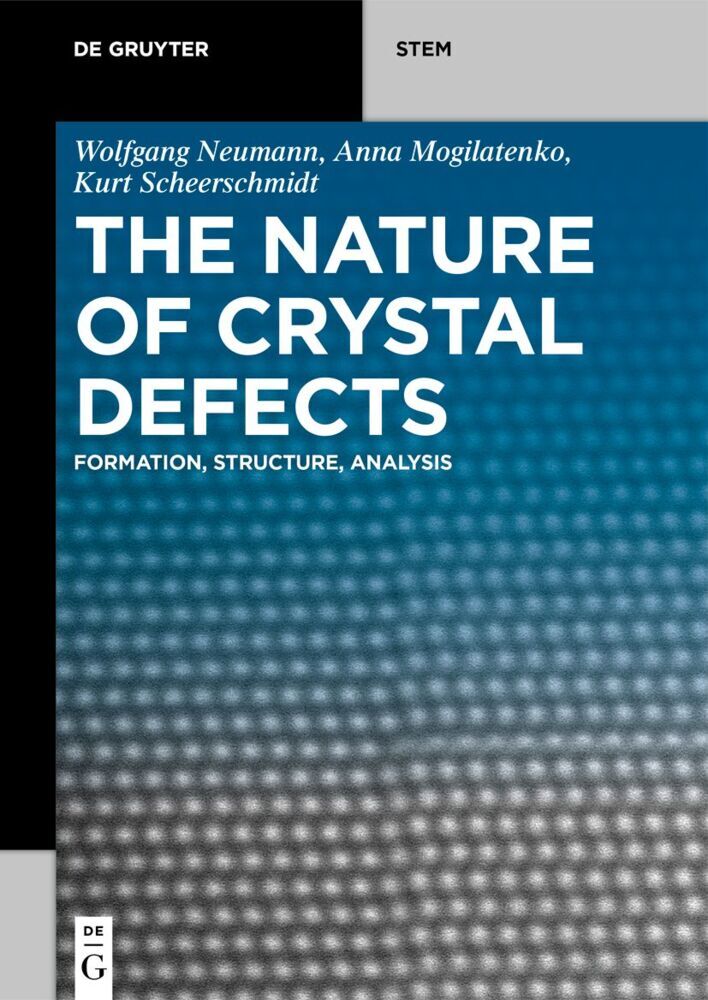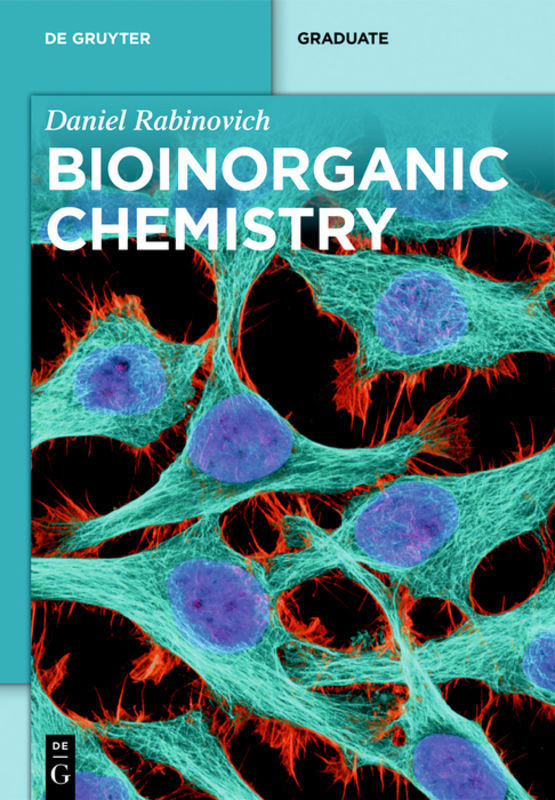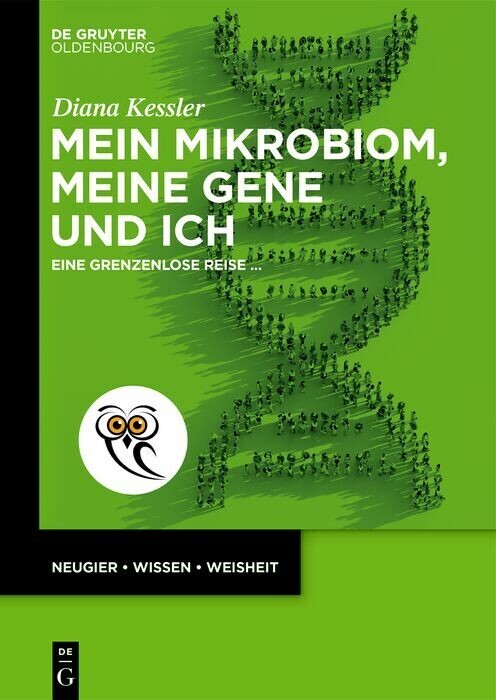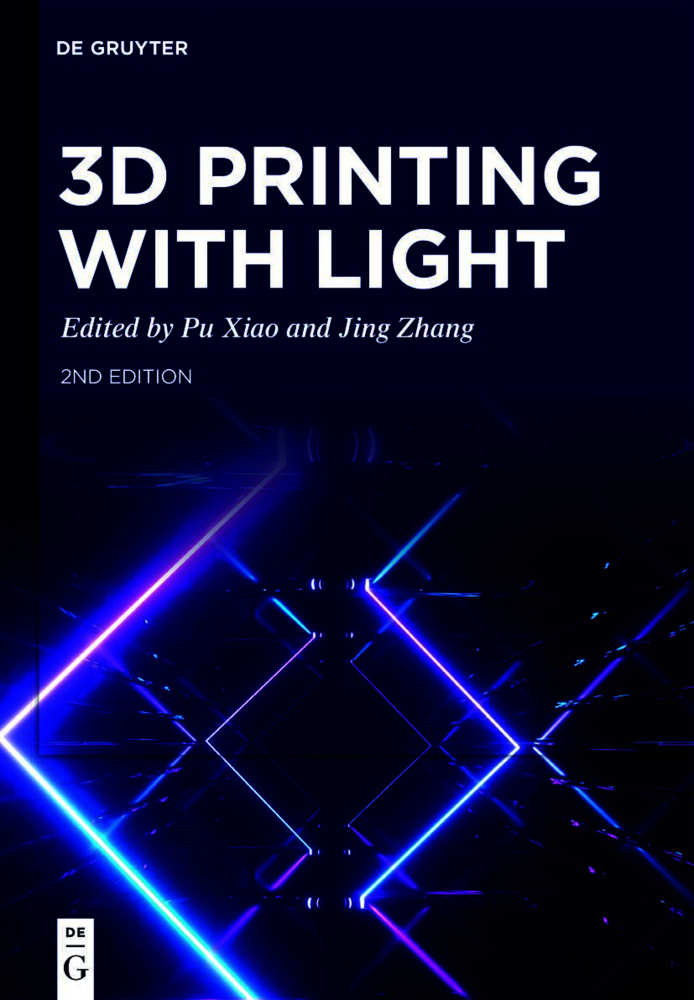ESR Spectroscopy in Polymer Research
ESR Spectroscopy in Polymer Research
Thirty years ago, Zavoisky, in Moscow (USSR), reported the first successful experi mental observations of the ESR phenomenon. Its application to polymer problems began about 20 years ago. ESR belongs to the most specific and useful methods in the study of polymer reactions. The main purpose of this book is to collect the present available information on the applications of electron spin resonance (ESR) spectroscopy in polymer research. The book has been written both for those who want an introduction to this field, and for those who are aheady familiar with ESR and are interested in application to polymers. Therefore, the fundamental principles of ESR spectroscopy are first out lined, the experimental methods including computer applications are described in more detail, and the main emphasis is on the application of ESR methods to polymer problems. Many results obtained are only briefly treated for lack of space. The authors hope that this book will provide a useful source of information by giving a coherent treatment and extensive references to original papers, reviews, and discussions in monographs and books. In this way we hope to encourage polymer chemists, organic chemists, biochemists, physicists, and material scientists to apply ESR methods to their research problems.
1.2. Basic Properties of Free Radicals
1.3. Free Radical Reactions
1.4. Interaction of Electromagnetic Radiation with Matter
1.5. Interaction of Charged Particles with Matter
1.6. Physical Sources of Free Radicals
1.7. Chemical Sources for the Production of Free Radicals
2. Principles of ESR Spectroscopy
2.1. Introduction
2.2. Interaction Between the Electron Spin and Internal Magnetic Field
2.3. Spin Relaxation
2.4. The Shape of ESR Resonance Lines
2.5. g-Value
2.6. Interaction Between the Electron and the Nuclear Spins
3. Experimental Instrumentation of Electron Spin Resonance
3.1. ESR Spectrometers
3.2. Field Sweep Calibration
3.3. Measurements of Spin Concentration
3.4. Measurements of ESR Spectra at Different Temperatures
3.5. Computer Application into ESR Spectroscopy
3.6. Preparation of Samples for ESR Experiments
3.7. Special Techniques for ESR Spectroscopy
4. ESR Study of Polymerization Processes
4.1. Homogeneous Chain-growth Polymerization
4.2. Ionizing Polymerization
4.3. Photopolymerization
4.4. Thermal Polymerization
4.5. Polymerization Initiated by Mechano-radicals
4.6. Polymerization Initiated by Various Free Radical Initiation Systems
4.7. Anionic Polymerization
4.8. Cationic Polymerization
4.9. Heterogenous Chain-Growth Polymerization
5. ESR Study of Degradation Processes in Polymers
5.1. Radiation and Photo-Degradation of Polymers
5.2. Free Radicals Formed in Glow Discharge of Polymers
5.3. Anionic Degradation of Vinylaromatic Polymers
5.4. Reaction of Polymers with Hydroxy Radicals
6. ESR Study of Polymers in Reactive Gases
6.1. Molecular Oxygen
6.2. Singlet Oxygen
6.3. Atomic Oxygen
6.4. Atomic Hydrogen
6.5. Atomic Nitrogen
6.6. Noble Gases
6.7. Other Gases
7. ESR Studies of the Oxidation of Polymers
7.1. Radiation-Induced Oxidation of Polymers
7.2. Polyethylene
7.3. Polypropylene
7.4. Poly(tetrafluoroethylene)
7.5. ESR Studies of Antioxidants
8. ESR Studies of Molecular Fracture in Polymers
8.1. Introduction
8.2. Generation of Submicrocracks
8.3. Generation of Free Radicals in Mechanically Deformed Polyethylene
8.4. ESR Study of Free Radicals Formed During Fracture in Rubber
8.5. ESR Study of Fatigue Processes in Polymers
8.6. ESR Study of Free Radicals Formed During Grinding and Machining of Polymers
8.7. Anomalous Behavior of Free Radicals Obtained by Sawing Technique
8.8. Mechanical Degradation of Polymers in Frozen Solution Matrix
9. ESR Studies of Graft Copolymerization
9.1. Graft Copolymerization of Polyethylene
9.2. Cellulose Graft Copolymers
9.3. Miscellaneous Problems
10. ESR Studies of Crosslinking
10.1. ESR Study of Enhanced Crosslinking of Polymers
10.2. ESR Study of Free Radicals Observed During the Curing of Unsaturated Polyester Resins
10.3. ESR Study of the Vulcanization of Rubber
10.4. ESR Spectra of Light-Irradiated Poly(vinyl cinnamate)
11. Application of Stable Free Radicals in Polymer Research
11.1. Nitroxide Radicals
11.2. Spin-Probe Technique
11.3. Spin-Trapping Technique
11.4. Spin-Labeling Technique
12. ESR Spectroscopy of Stable Polymer Radicals and their Low Molecular Analogues
12.1. Poly(triphenylmethyl) Radicals
12.2. Poly(?,??-diphenyl-p-xylene) Radicals
12.3. Polyphenoxy Radicals
12.4. Poly(triphenylhydrazyl) Radicals
12.5. Polymers Containing Stable Free Radicals of the Nitroxide Type
12.6. Poly(pyridinyl) Radicals
12.7. Poly(verdazyl)Radicals
12.8. Polymers Containing Stable Free Radicals of the Tetrazine Type
12.9. Polyradical Anions
12.10. ESR Study of Donor-Acceptor Polymer Complexes
12.11. Organic Polymeric Semiconductors
12.12. Free Radicals Formed by Pyrolysis of Polymers
12.13. Free Radicals in Carbon Black
13. ESR Study of Ion-Exchange Resins
References.
1. Generation of Free Radicals
1.1. Free Radicals, Biradicals, and Radical Ions1.2. Basic Properties of Free Radicals
1.3. Free Radical Reactions
1.4. Interaction of Electromagnetic Radiation with Matter
1.5. Interaction of Charged Particles with Matter
1.6. Physical Sources of Free Radicals
1.7. Chemical Sources for the Production of Free Radicals
2. Principles of ESR Spectroscopy
2.1. Introduction
2.2. Interaction Between the Electron Spin and Internal Magnetic Field
2.3. Spin Relaxation
2.4. The Shape of ESR Resonance Lines
2.5. g-Value
2.6. Interaction Between the Electron and the Nuclear Spins
3. Experimental Instrumentation of Electron Spin Resonance
3.1. ESR Spectrometers
3.2. Field Sweep Calibration
3.3. Measurements of Spin Concentration
3.4. Measurements of ESR Spectra at Different Temperatures
3.5. Computer Application into ESR Spectroscopy
3.6. Preparation of Samples for ESR Experiments
3.7. Special Techniques for ESR Spectroscopy
4. ESR Study of Polymerization Processes
4.1. Homogeneous Chain-growth Polymerization
4.2. Ionizing Polymerization
4.3. Photopolymerization
4.4. Thermal Polymerization
4.5. Polymerization Initiated by Mechano-radicals
4.6. Polymerization Initiated by Various Free Radical Initiation Systems
4.7. Anionic Polymerization
4.8. Cationic Polymerization
4.9. Heterogenous Chain-Growth Polymerization
5. ESR Study of Degradation Processes in Polymers
5.1. Radiation and Photo-Degradation of Polymers
5.2. Free Radicals Formed in Glow Discharge of Polymers
5.3. Anionic Degradation of Vinylaromatic Polymers
5.4. Reaction of Polymers with Hydroxy Radicals
6. ESR Study of Polymers in Reactive Gases
6.1. Molecular Oxygen
6.2. Singlet Oxygen
6.3. Atomic Oxygen
6.4. Atomic Hydrogen
6.5. Atomic Nitrogen
6.6. Noble Gases
6.7. Other Gases
7. ESR Studies of the Oxidation of Polymers
7.1. Radiation-Induced Oxidation of Polymers
7.2. Polyethylene
7.3. Polypropylene
7.4. Poly(tetrafluoroethylene)
7.5. ESR Studies of Antioxidants
8. ESR Studies of Molecular Fracture in Polymers
8.1. Introduction
8.2. Generation of Submicrocracks
8.3. Generation of Free Radicals in Mechanically Deformed Polyethylene
8.4. ESR Study of Free Radicals Formed During Fracture in Rubber
8.5. ESR Study of Fatigue Processes in Polymers
8.6. ESR Study of Free Radicals Formed During Grinding and Machining of Polymers
8.7. Anomalous Behavior of Free Radicals Obtained by Sawing Technique
8.8. Mechanical Degradation of Polymers in Frozen Solution Matrix
9. ESR Studies of Graft Copolymerization
9.1. Graft Copolymerization of Polyethylene
9.2. Cellulose Graft Copolymers
9.3. Miscellaneous Problems
10. ESR Studies of Crosslinking
10.1. ESR Study of Enhanced Crosslinking of Polymers
10.2. ESR Study of Free Radicals Observed During the Curing of Unsaturated Polyester Resins
10.3. ESR Study of the Vulcanization of Rubber
10.4. ESR Spectra of Light-Irradiated Poly(vinyl cinnamate)
11. Application of Stable Free Radicals in Polymer Research
11.1. Nitroxide Radicals
11.2. Spin-Probe Technique
11.3. Spin-Trapping Technique
11.4. Spin-Labeling Technique
12. ESR Spectroscopy of Stable Polymer Radicals and their Low Molecular Analogues
12.1. Poly(triphenylmethyl) Radicals
12.2. Poly(?,??-diphenyl-p-xylene) Radicals
12.3. Polyphenoxy Radicals
12.4. Poly(triphenylhydrazyl) Radicals
12.5. Polymers Containing Stable Free Radicals of the Nitroxide Type
12.6. Poly(pyridinyl) Radicals
12.7. Poly(verdazyl)Radicals
12.8. Polymers Containing Stable Free Radicals of the Tetrazine Type
12.9. Polyradical Anions
12.10. ESR Study of Donor-Acceptor Polymer Complexes
12.11. Organic Polymeric Semiconductors
12.12. Free Radicals Formed by Pyrolysis of Polymers
12.13. Free Radicals in Carbon Black
13. ESR Study of Ion-Exchange Resins
References.
| ISBN | 978-3-642-66602-5 |
|---|---|
| Artikelnummer | 9783642666025 |
| Medientyp | Buch |
| Auflage | Softcover reprint of the original 1st ed. 1977 |
| Copyrightjahr | 2011 |
| Verlag | Springer, Berlin |
| Umfang | XIV, 410 Seiten |
| Abbildungen | XIV, 410 p. |
| Sprache | Englisch |

